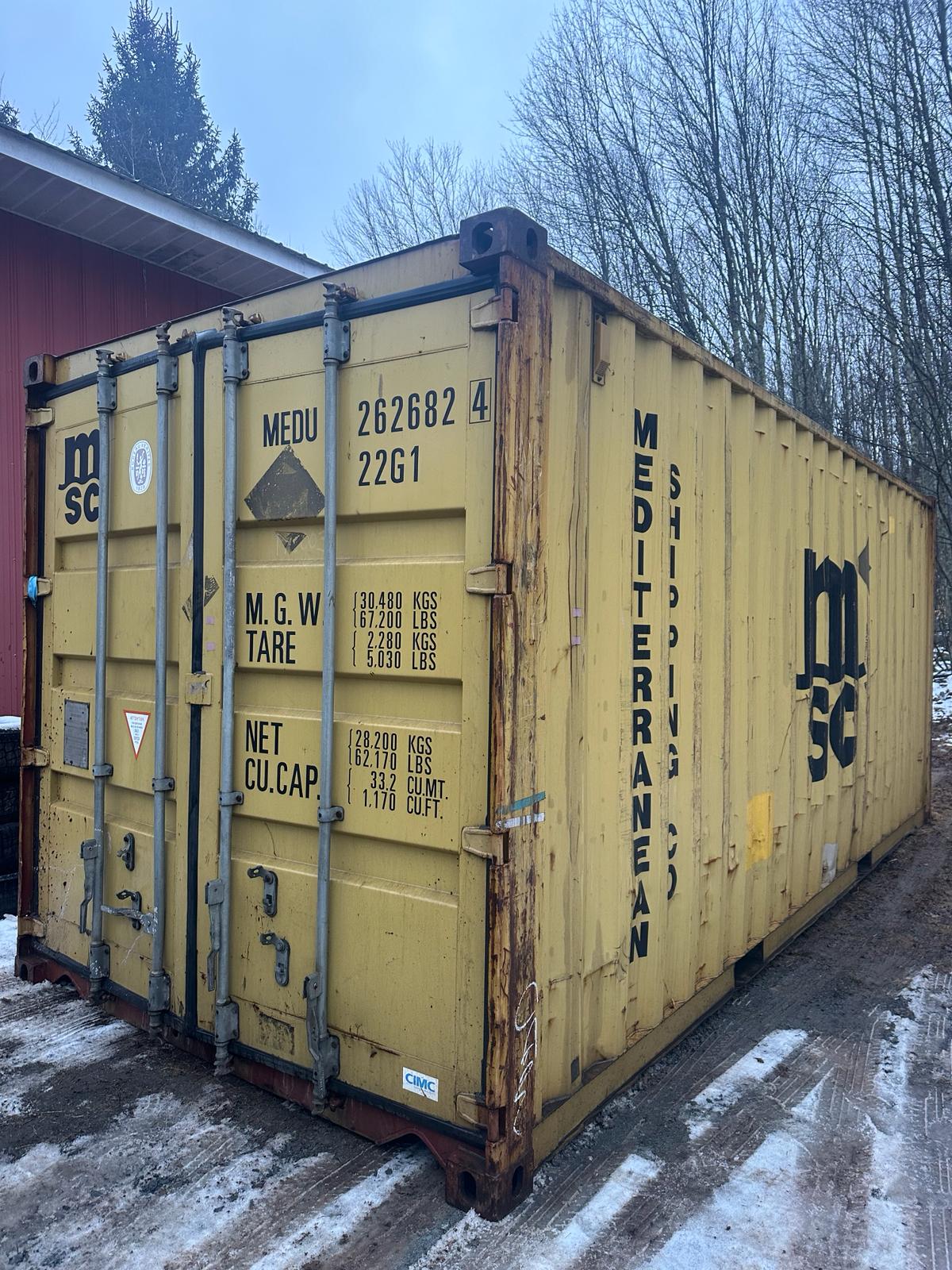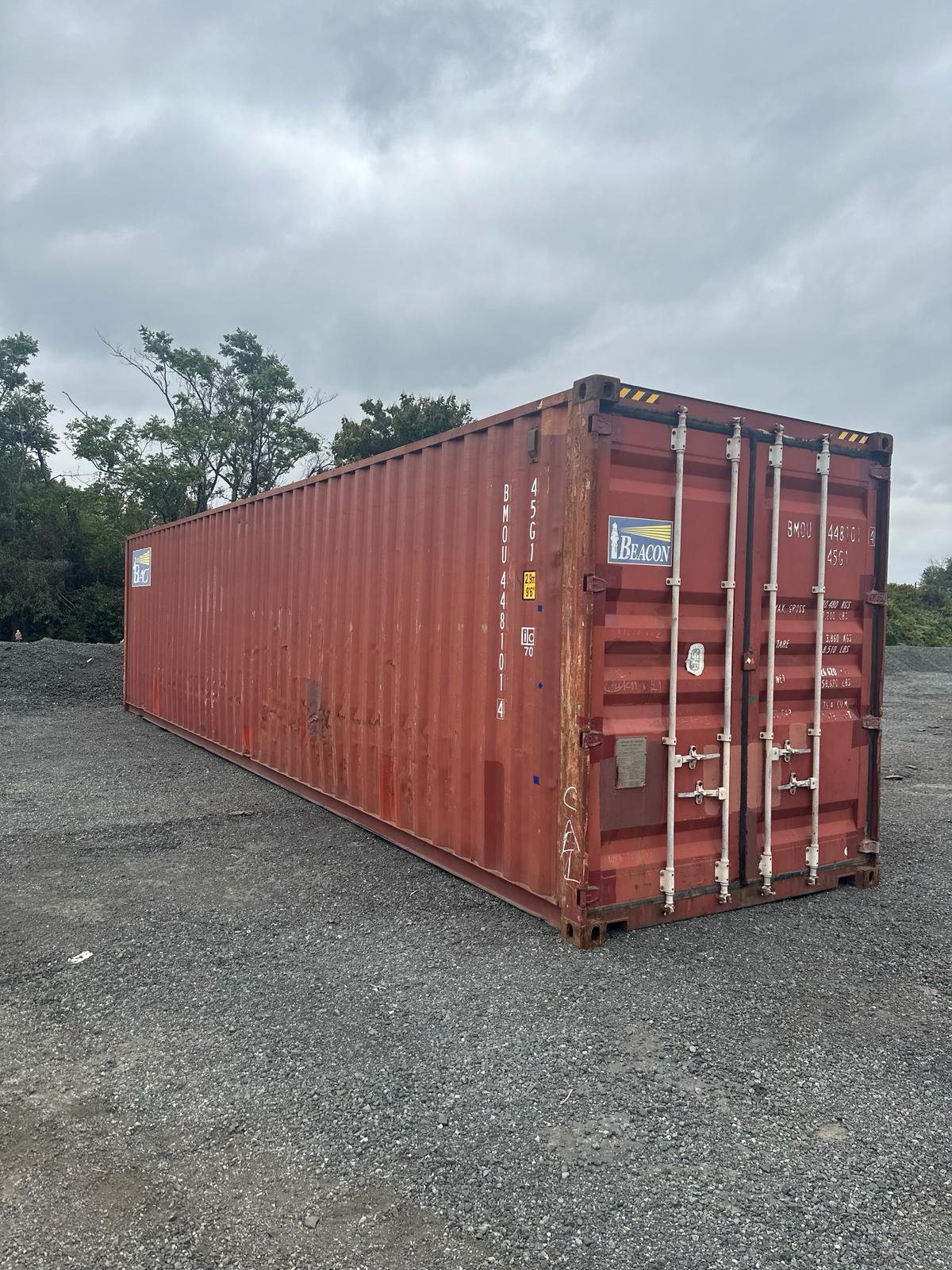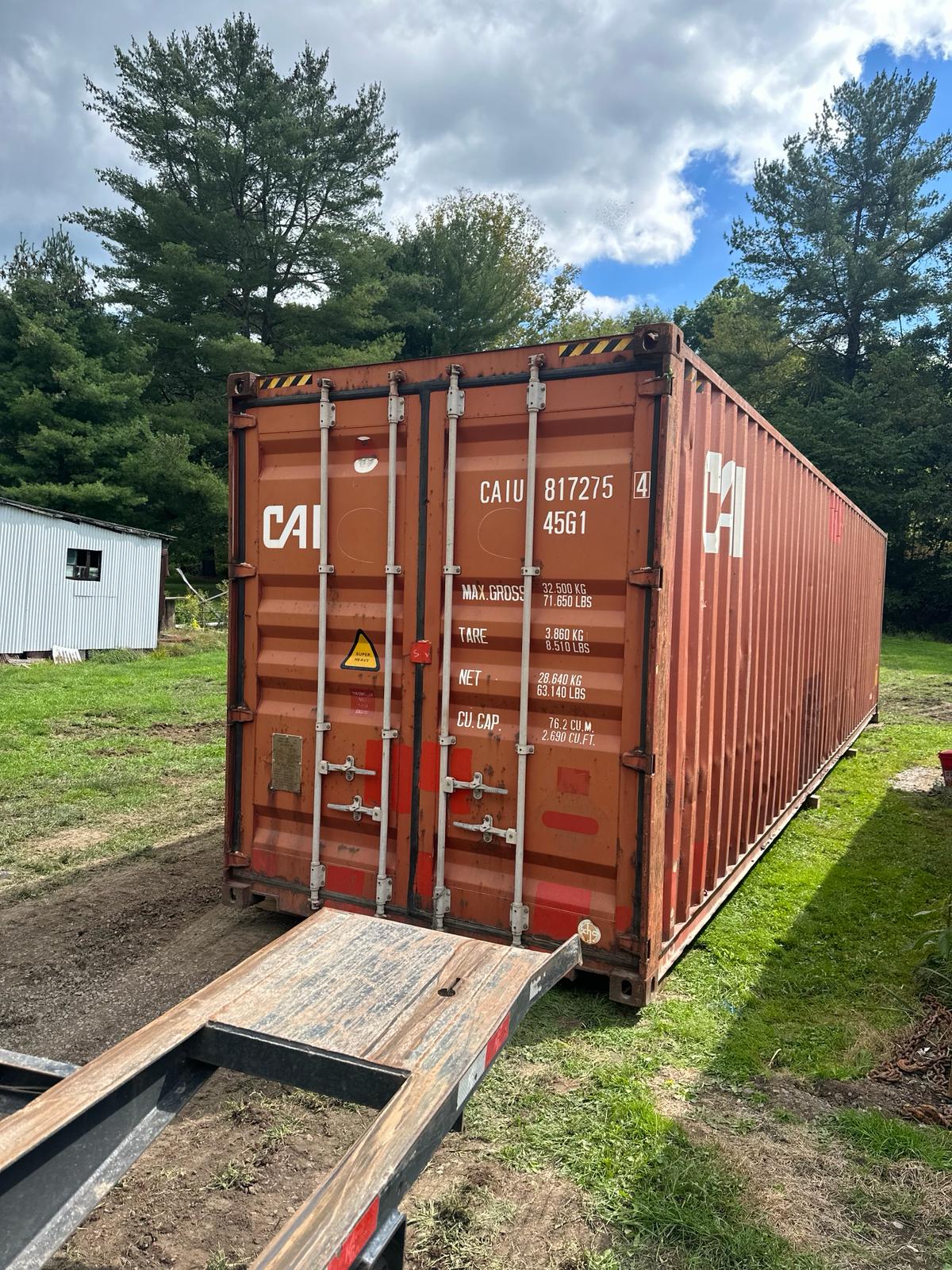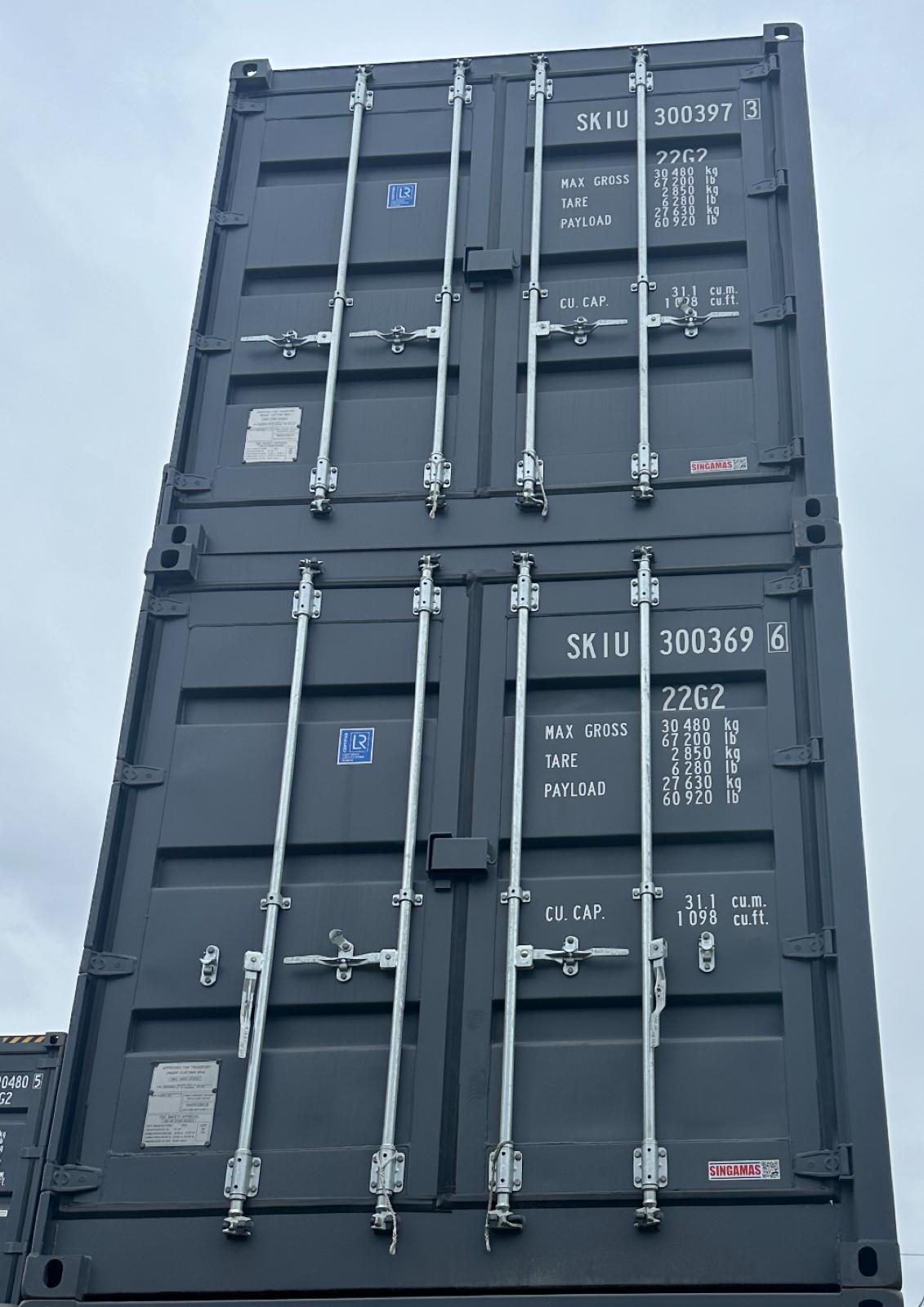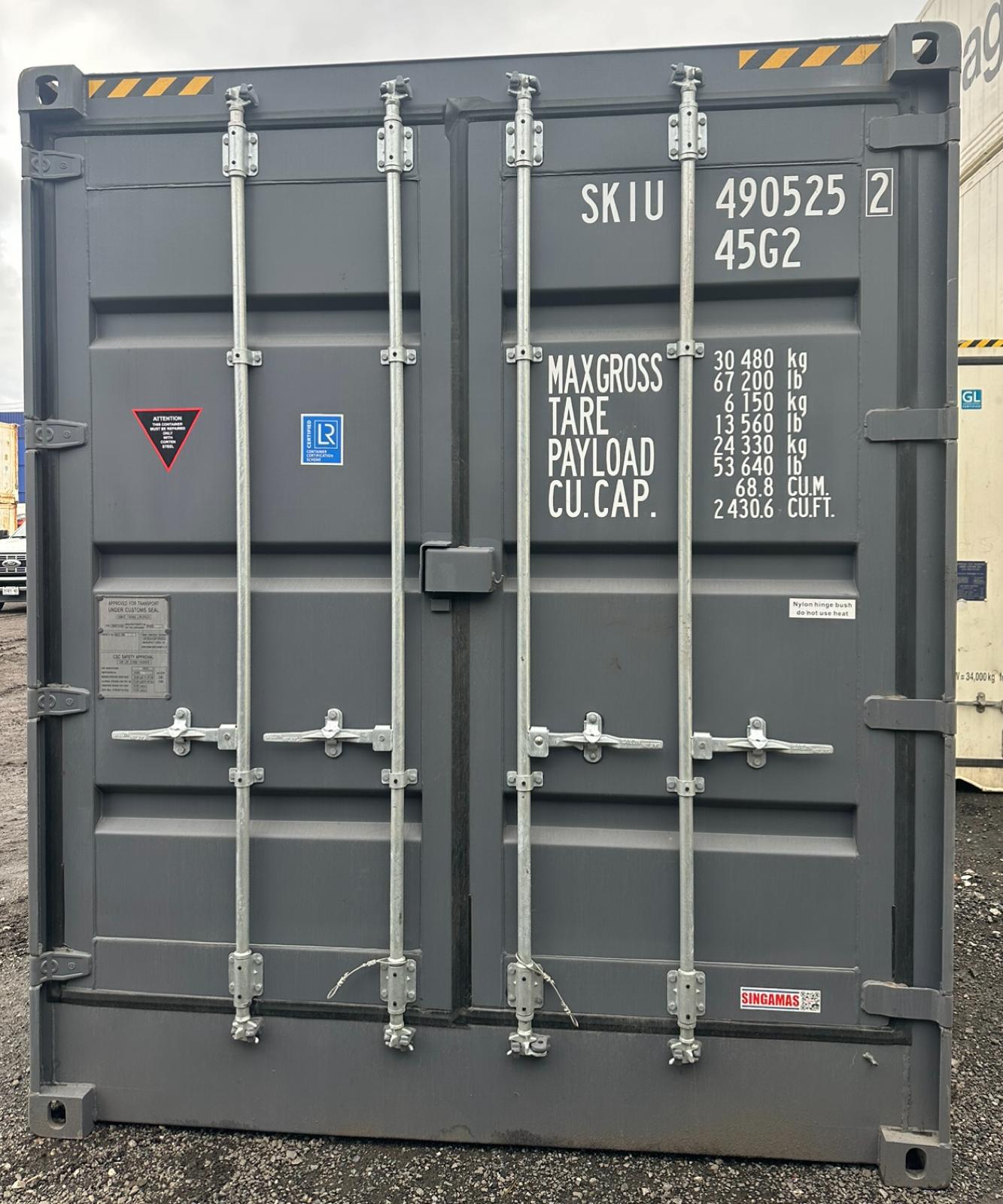Buy Shipping Containers check Nearby availability in USA
We provide Shipping containers for sales, new and used containers and delivery services in the 48 contiguous states as a nationwide supplier of shipping containers. ice estimate
Find the ideal Shipping container that suits your needs
Discover a large range of shipping containers, mobile storage solutions and related accessories - all easily available in one place! Strong Conex LLC.
Regular help throughout life
Quick Price Estimate
Professional Employees
Reflected Price Guarantee

What Sets Strong Conex apart?
Explore a comprehensive selection of shipping containers, portable storage options, and accessories, all conveniently available in a single location!
Seasoned Experts
Take advantage of our extensive expertise and exceptional professionalism within the realm of shipping container supply.
Quick and Complimentary Quotation
Say goodbye to rental or purchase cost uncertainties for storage containers. Get a free instant quote now by sending us an inquiry.
Unlocking Value: Your Ultimate Guide to Buying Shipping Containers for Sale
In an age where versatility and sustainability reign supreme, shipping containers have emerged as a hot commodity for savvy buyers. Whether you’re looking to start a new business, create a unique storage solution, or even build a cozy home, understanding the ins and outs of buying shipping containers can open up a world of possibilities. This ultimate guide will walk you through the essential steps to unlock value in your shipping container investment, from choosing the right size to navigating purchasing options. With prices fluctuating and demand rising, knowing what to look for is crucial. Discover how to assess condition, find reliable suppliers, and make informed decisions that align with your goals. Join us as we dive into the exciting world of shipping containers for sale, where practical solutions meet innovative design, empowering you to transform your vision into reality!
Understanding Shipping Containers: Types and Uses
Shipping containers, originally designed for transporting goods across the globe, have found new life in a variety of uses thanks to their robust construction and adaptability. There are several types of shipping containers, each serving different functions. Standard containers, typically 20 or 40 feet long, are the most common and are ideal for general storage, transport, or conversion into living spaces. High cube containers, on the other hand, offer an extra foot of height, making them perfect for applications that require additional vertical space. Specialized containers, such as refrigerated units (reefers) and open-top containers, cater to specific needs like temperature-sensitive shipping or oversized cargo.
Understanding the diverse applications of shipping containers can help you choose the right type for your project. For instance, entrepreneurs have transformed standard containers into pop-up shops, cafes, and offices. The durability and security of these steel boxes make them an excellent choice for such ventures. Artists and designers, too, have embraced shipping containers for their modularity and industrial aesthetic, creating innovative spaces that stand out. Additionally, in the realm of housing, containers are being repurposed into affordable, eco-friendly homes that can be assembled quickly and customized to individual preferences.
Beyond commercial and residential uses, shipping containers have also been instrumental in disaster relief and humanitarian efforts. Their portability and strength allow for the rapid deployment of temporary shelters, medical clinics, and storage units in crisis situations. This versatility underscores the value of shipping containers, making them a wise investment for a myriad of applications. Understanding the types and uses of shipping containers is the first step in unlocking their potential and ensuring you select the right one for your needs.
The Benefits of Buying Shipping Containers
Investing in shipping containers offers a multitude of benefits that make them an attractive option for various projects. One of the primary advantages is their durability. Constructed from corten steel, shipping containers are designed to withstand harsh oceanic conditions, ensuring they are rust-resistant and can endure extreme weather. This longevity translates into cost savings over time, as the containers require minimal maintenance. Additionally, their robust construction provides a high level of security, making them ideal for storing valuable items or creating secure living and working spaces.
Another significant benefit is the cost-effectiveness of shipping containers. Compared to traditional construction methods, using containers can dramatically reduce building expenses. The basic structure is already in place, which cuts down on material and labor costs. Furthermore, the speed of construction is greatly enhanced, as containers can be quickly modified and assembled on-site. This efficiency not only saves money but also accelerates project timelines, allowing you to realize your vision faster. Whether you’re launching a new business or building a home, the economic advantages of shipping containers are hard to ignore.
Shipping containers also align with the growing trend towards sustainability. Repurposing containers reduces the demand for new materials, thus conserving natural resources and minimizing environmental impact. In addition, containers can be outfitted with eco-friendly features such as solar panels, green roofs, and rainwater harvesting systems, further enhancing their sustainability. By choosing to invest in shipping containers, you are not only unlocking value for your project but also contributing to a more sustainable future.
Key Factors to Consider When Buying Shipping Containers
When it comes to purchasing shipping containers, several key factors must be considered to ensure you make an informed decision. First and foremost is the condition of the container. Containers are typically classified into categories such as new, cargo-worthy, wind and watertight, and ‘as-is.’ New containers, also known as one-trip containers, have only made one journey and are in excellent condition. Cargo-worthy containers are used but still meet industry standards for transport. Wind and watertight containers are suitable for storage but may not be fit for shipping. ‘As-is’ containers can be the most affordable, but they might require significant repairs.
Another crucial factor is the size and type of container that best suits your needs. Standard containers come in 20-foot and 40-foot lengths, with the latter providing more space but requiring more room for placement. High cube containers offer additional height, which can be beneficial for certain projects. Specialized containers, like refrigerated units or open-top containers, should be chosen based on specific requirements. Assessing the intended use of the container will help determine the appropriate size and type, ensuring it meets your functional and spatial needs.
Location and logistics also play a vital role in the purchasing process. The proximity of the container supplier to your site can significantly impact transportation costs. Additionally, consider the accessibility of the delivery location—ensure that there is enough space for a truck to maneuver and place the container. Some suppliers offer delivery services, which can simplify the process. Lastly, be aware of any local regulations or zoning laws that might affect where and how you can use the container. By considering these factors, you can avoid potential pitfalls and ensure a smooth purchasing experience.
Where to Find Shipping Containers for Sale
Finding the right supplier for your shipping container is crucial to ensure you get a quality product at a fair price. One of the most common places to start is with local container depots and distributors. These businesses specialize in the sale and rental of shipping containers and often have a wide range of options available. Visiting a depot allows you to inspect the containers in person, giving you a better sense of their condition and suitability for your project. Additionally, local suppliers may offer delivery services, making it easier to transport the container to your site.
Online marketplaces are another valuable resource for finding shipping containers. Websites like eBay, Craigslist, and specialized container sales platforms provide listings from various sellers. These platforms allow you to compare prices, sizes, and conditions from the comfort of your home. However, it’s essential to exercise caution and thoroughly vet sellers to avoid potential scams. Look for sellers with positive reviews and, if possible, arrange to inspect the container before finalizing the purchase. Online marketplaces can offer competitive prices, but due diligence is necessary to ensure a successful transaction.
Networking and industry connections can also lead you to reliable container suppliers. Reach out to businesses that frequently use shipping containers, such as logistics companies, construction firms, and event organizers. They may have recommendations for reputable suppliers or even surplus containers for sale. Additionally, attending trade shows and industry events can provide opportunities to connect with suppliers and learn more about the latest trends and innovations in the container market. By exploring multiple avenues, you can find the best options and make an informed decision.
New vs. Used Shipping Containers: Which is Right for You?
Deciding between new and used shipping containers is a critical decision that depends on your specific needs and budget. New containers, also known as one-trip containers, offer several advantages. They are in pristine condition, having only made a single journey from the manufacturer to their destination. This means they have minimal wear and tear, ensuring a longer lifespan and fewer maintenance issues. New containers are also less likely to have structural damage or rust, making them ideal for projects where aesthetics and durability are paramount, such as residential homes or high-end commercial spaces.
Used containers, on the other hand, can be a more cost-effective option. They are typically categorized based on their condition, with cargo-worthy and wind and watertight being the most common grades. Cargo-worthy containers are suitable for shipping and storage, while wind and watertight containers are best used for static storage. The primary benefit of used containers is their lower price point, which can make them an attractive option for budget-conscious buyers. However, it’s essential to thoroughly inspect used containers for any signs of damage, such as rust, dents, or structural issues, to ensure they meet your requirements.
Ultimately, the choice between new and used containers will depend on your specific needs and the nature of your project. For applications requiring a high level of durability and a polished appearance, new containers may be the best choice. However, if cost is a significant factor and you are willing to invest time in inspecting and potentially refurbishing a used container, a second-hand option can offer substantial savings. Carefully weigh the pros and cons of each to make an informed decision that aligns with your goals and budget.
Pricing and Budgeting for Your Shipping Container Purchase
Understanding the pricing and budgeting aspects of buying shipping containers is essential to ensure you get the best value for your investment. The cost of shipping containers can vary widely based on several factors, including size, condition, location, and market demand. New containers generally range from $3,000 to $5,000 for a standard 20-foot unit, while 40-foot units can cost between $5,000 and $7,000. High cube containers typically command a premium due to their additional height. Used containers are more affordable, with prices ranging from $1,500 to $3,000, depending on their condition and age.
In addition to the base cost of the container, there are several other expenses to consider when budgeting for your purchase. Transportation costs can add a significant amount to the overall expenditure, especially if the container needs to be shipped over a long distance. Delivery fees can vary based on the distance, size of the container, and accessibility of the drop-off location. It’s important to get quotes from multiple suppliers to compare delivery costs and ensure you are getting a fair deal. Additionally, you may need to factor in the cost of permits or zoning approvals, depending on your local regulations.
Customization and modification costs should also be included in your budget if you plan to alter the container for specific uses. Common modifications include adding doors, windows, insulation, electrical wiring, and HVAC systems. The cost of these modifications can vary widely based on the complexity and scope of the work. It’s advisable to get detailed quotes from professional contractors who specialize in container modifications to ensure accurate budgeting. By considering all these factors, you can create a comprehensive budget that reflects the true cost of your shipping container project and helps you avoid unexpected expenses.
Inspecting Shipping Containers: What to Look For
Conducting a thorough inspection is crucial when purchasing a shipping container, especially if you are buying a used unit. Start by examining the exterior of the container for any signs of damage. Look for dents, rust, and corrosion, as these can compromise the structural integrity of the container. Pay particular attention to the roof and corners, as these areas are most susceptible to damage. Check the doors to ensure they open and close smoothly and that the locking mechanisms are functional. Any issues with the doors can indicate potential problems with security and weatherproofing.
Next, inspect the interior of the container. Look for any signs of water damage, such as stains, mold, or a musty smell, which can indicate leaks. Check the flooring for any signs of rot or damage, as wooden floors can deteriorate over time. If the container has been previously used for transporting goods, there may be residues or odors that need to be addressed. Ensure the container is structurally sound by looking for any bulging or warping of the walls and ceiling. A level floor and straight walls are indicators of a well-maintained container.
It’s also important to verify the container’s history and certifications. Ask the seller for documentation that shows the container’s maintenance history, as well as any repairs or modifications that have been made. Containers used for international shipping should have a CSC (Container Safety Convention) plate, which certifies that the container meets safety standards. This plate should be current and valid, indicating that the container is safe for use. By thoroughly inspecting the container and verifying its history, you can ensure you are making a sound investment and avoid potential issues down the line.
Customization Options for Shipping Containers
One of the most appealing aspects of shipping containers is their versatility and potential for customization. Whether you’re transforming a container into a home, office, or retail space, there are numerous modification options to suit your needs. One of the most common customizations is adding windows and doors to improve natural light and accessibility. These additions can be tailored to your specifications, with options ranging from standard-sized windows to large glass panels for a more open feel. Doors can be customized to include standard entry doors, roll-up doors, or even sliding glass doors for a modern touch.
Insulation is another critical modification, especially if you plan to use the container in extreme weather conditions. Proper insulation helps regulate the interior temperature, making the space more comfortable and energy-efficient. Several insulation options are available, including spray foam, rigid foam, and fiberglass. Each type has its pros and cons, so it’s essential to choose the one that best fits your needs and budget. In addition to insulation, installing an HVAC system can further enhance the comfort of your container space, providing heating, cooling, and ventilation as needed.
Interior and exterior finishes can dramatically transform the look and feel of a shipping container. Interior modifications might include drywall or plywood walls, flooring options like laminate or tile, and built-in furniture or storage solutions. Exterior finishes can range from a simple coat of paint to more elaborate cladding with materials like wood, metal, or composite panels. These finishes not only improve the aesthetics but also offer additional protection against the elements. By exploring various customization options, you can create a functional and stylish space that meets your specific requirements.
Legal Considerations and Regulations for Shipping Container Use
Before embarking on any project involving shipping containers, it’s essential to understand the legal considerations and regulations that may apply. Zoning laws and building codes vary widely depending on your location, and these regulations can impact where and how you can use a shipping container. Start by checking with your local planning department to determine if there are any restrictions or requirements for using containers on your property. Some areas may have specific zoning regulations that dictate the allowable uses of shipping containers, such as residential, commercial, or industrial applications.
Permits are often required for modifying or placing shipping containers on your property. The type and number of permits needed can vary based on the scope of your project and local regulations. Common permits include building permits, electrical permits, and plumbing permits if you plan to install utilities. Obtaining these permits typically involves submitting detailed plans and specifications of your project to the relevant authorities for approval. It’s crucial to comply with all permitting requirements to avoid fines or legal issues and ensure your container meets safety standards.
Additionally, there may be specific regulations related to the structural integrity and safety of shipping containers. For example, containers used for housing or commercial purposes may need to meet certain building codes and standards for fire safety, insulation, and accessibility. In some cases, you may need to have the container inspected and certified by a professional engineer to ensure it meets these standards. By understanding and adhering to the legal considerations and regulations, you can ensure your shipping container project is compliant and successful.
Conclusion: Making an Informed Purchase Decision
Purchasing a shipping container is a significant investment that requires careful consideration and planning. By understanding the various types and uses of shipping containers, you can determine the best option for your specific needs. The benefits of durability, cost-effectiveness, and sustainability make shipping containers an attractive choice for a wide range of applications. However, it’s crucial to consider key factors such as the condition, size, and location of the container to ensure it meets your requirements.
Finding a reliable supplier, whether through local depots, online marketplaces, or industry connections, is essential to obtaining a quality container at a fair price. Deciding between new and used containers involves weighing the pros and cons of each option based on your budget and project goals. Additionally, conducting a thorough inspection and verifying the container’s history can help you avoid potential issues and make a sound investment. Customization options allow you to tailor the container to your specific needs, creating a functional and stylish space.
Finally, understanding the legal considerations and regulations is crucial to ensure your project complies with local laws and safety standards. By taking the time to research and plan your purchase, you can unlock the full potential of shipping containers and transform your vision into reality. Whether you’re starting a new business, creating a unique storage solution, or building a cozy home, shipping containers offer endless possibilities for innovation and value. With the right approach, you can make an informed purchase decision and embark on a successful and rewarding project.
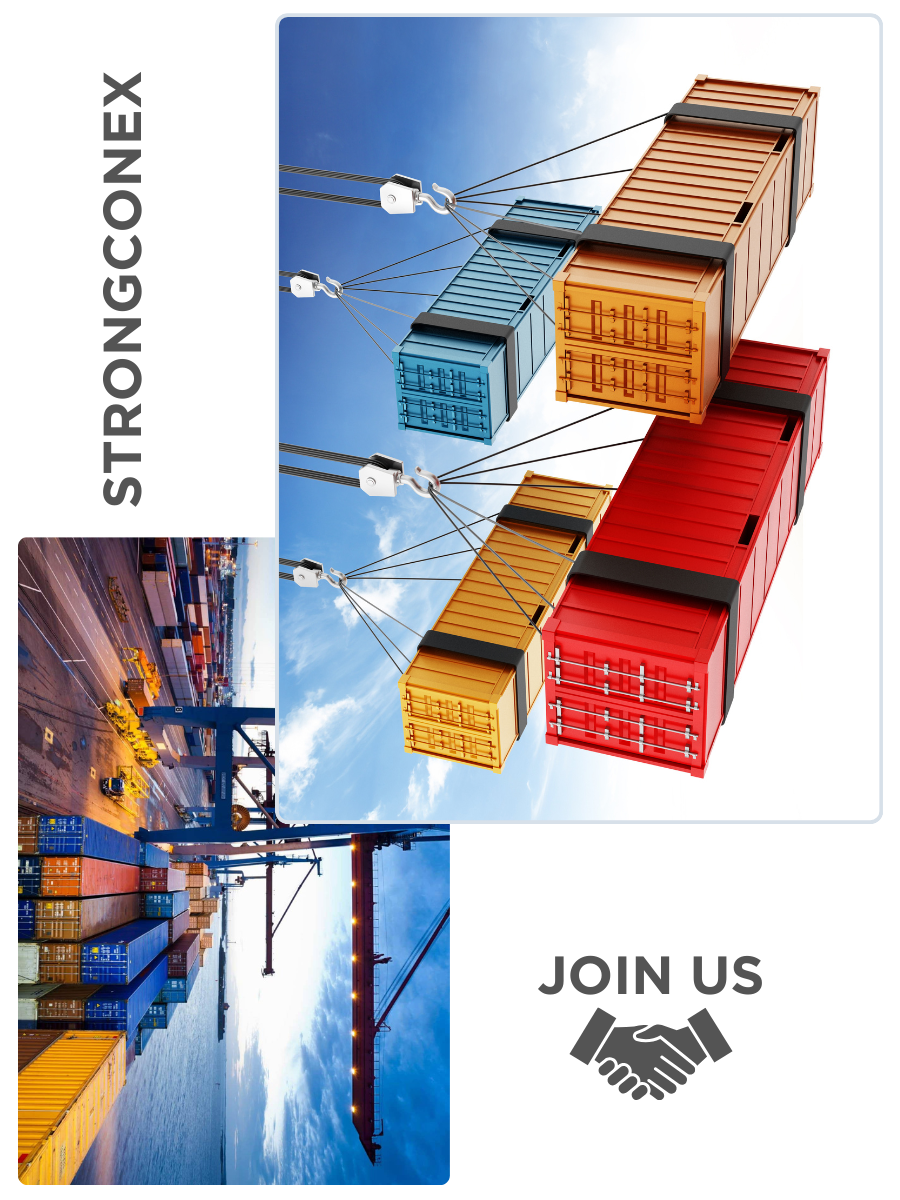
About
STRONG-CONEX
Backed by over a century of combined experience in the shipping container realm, we've proudly served countless customers. As a business rooted in familial and friendly ties, our mission is clear: to offer premium products at competitive rates, meeting the diverse and expanding storage demands of both individuals and enterprises.
Stay Current: The Latest Happenings
Stay in the loop with the cutting-edge developments occurring within the shipping container industry and beyond!
Dependable Expertise: Trusted Insights
Unlock valuable insights on container maintenance, ensuring your investment stands the test of time.
Stay Engaged: Anytime, Anywhere Access
Subscribe today to receive timely updates at your convenience. Let us handle the heavy lifting while you stay effortlessly informed.
WHAT PEOPLE ARE SAYING
Our Clients







